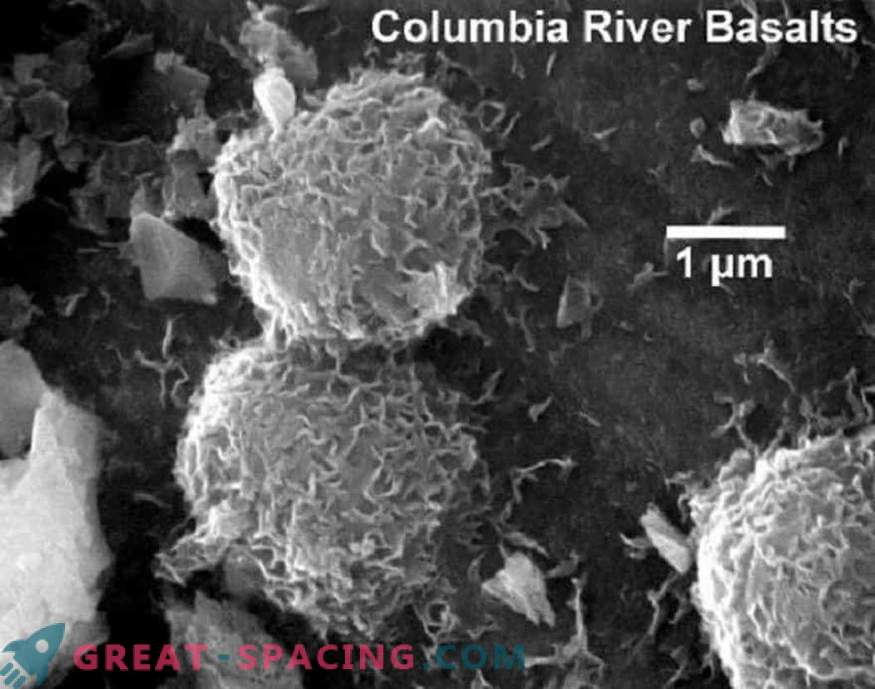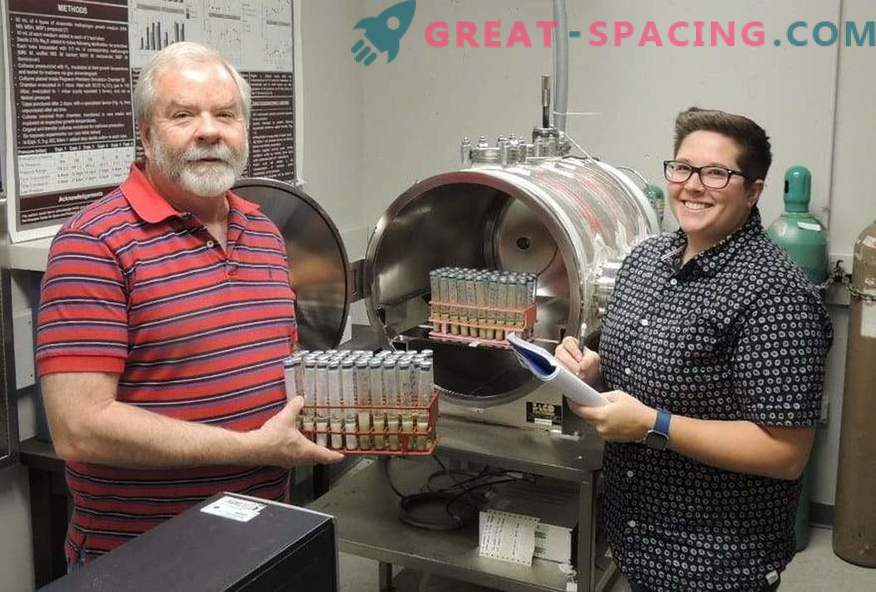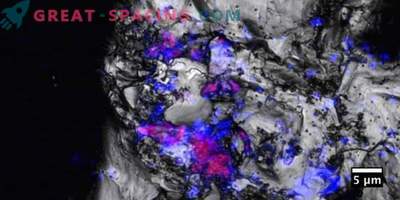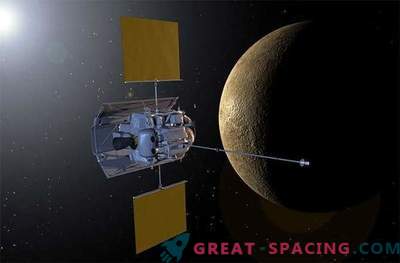
An artistic vision of the situation with water mars when potential microbial life appears on it
Scientists believe that earlier the Red Planet had a denser atmosphere and water, and therefore could have life forms. It could be simple forms that did not have time to develop. For us, this is a plus, because once we can return the favorable conditions to the planet.
But now on Earth there are organisms that could survive on today's Mars. A recent analysis has shown that there are 4 types of methanogenic microorganisms that can withstand an extreme environment.

Methanogenic organisms found in deep volcanic rock samples along the Columbia River and Idaho Falls
Methane is an ancient group of organisms of the class Archean. Their uniqueness is that they do not need oxygen, so they survive where others die. On our planet, they live in wetlands, oceanic environment, and even in the digestive tract of some animals.
NASA missions showed that traces of methane were found in the atmospheric Martian layer. An exact source was not found, but it could be methanogens living below the surface. Under terrestrial conditions, past or modern living organisms create methane.
Researchers have spent 20 years to figure out whether these 4 samples can survive in the Martian environment. They managed to cope with problems of oxygen and radiation, but always there is a low level of pressure.

Scientists are preparing to load matenogens into the Pegasus chamber of the Keck Laboratory
After receiving a grant in 2012, scientists decided to return to the solution of the issue with new forces. They placed the organisms in test tubes, where they added fluid and dirt to simulate an underground environment. Then they were given hydrogen and blocked access to oxygen.
Next, they created the Martian conditions to check the duration of survival. It turned out that they held out at a pressure of 6-143 millibar for 3-21 days. That is, there are varieties of microorganisms that do not depend on the density of the atmosphere. It also confirms that life can hide under the Martian surface.
In addition, there may be water reserves at depth, which represent an ideal environment for their functioning. If so, you can use water containers for transportation and check the survival rate is already in place.
Further, it is important to trace the ability of organisms to cope with temperature fluctuations. The Martian temperature drops below -100 o C and sometimes rises above 0 o C. Researchers believe that life can hide in grooves and holes. They should become targets for future colonists.











































